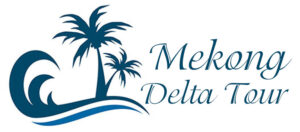The Mekong Delta Region, also known as the Rice Bowl of Vietnam, is a fertile and dynamic region located in the southernmost part of the country. It is a vast, low-lying area crisscrossed by a network of rivers, canals, and waterways that drain into the Mekong River, which flows through the region before emptying into the South China Sea. The Mekong Delta Region is home to a diverse population of over 18 million people, comprising a rich blend of ethnic groups, including the majority Kinh people, as well as Khmer, Hoa, and numerous other smaller ethnic minorities. The region is a melting pot of cultures, with a vibrant history, unique traditions, and distinctive cuisine.
Geography and Climate of the Mekong Delta Region

The Mekong Delta Region covers an area of approximately 39,000 square kilometers (15,000 square miles), making it one of the largest river deltas in the world. The landscape is characterized by a complex network of intertwined rivers, canals, and islands, creating a mosaic of rice paddies, orchards, and other agricultural lands. The delta is generally flat, with elevations ranging from sea level to a few meters above.
The climate of the Mekong Delta Region is tropical monsoon, with two distinct seasons: the wet season and the dry season. The wet season lasts from May to November and is characterized by heavy rainfall, while the dry season spans from December to April and is generally dry with occasional light showers. The average temperature in the region ranges from 25°C to 28°C, with high humidity throughout the year.
Natural Resources of the Mekong Delta Region
The Mekong Delta Region is blessed with abundant natural resources, making it a vital agricultural hub for Vietnam. The fertile soil and favorable climate make it an ideal location for rice cultivation, and the region is responsible for producing over half of Vietnam’s rice output. Apart from rice, other major crops grown in the region include fruits, vegetables, and seafood.
The Mekong River, which runs through the region, is also a vital source of freshwater and fish for the local population. The river is home to over 1,000 species of fish, making it one of the most biodiverse rivers in the world. This abundance of natural resources has played a significant role in shaping the economy and culture of the Mekong Delta Region.
Economy and Agriculture in the Mekong Delta Region
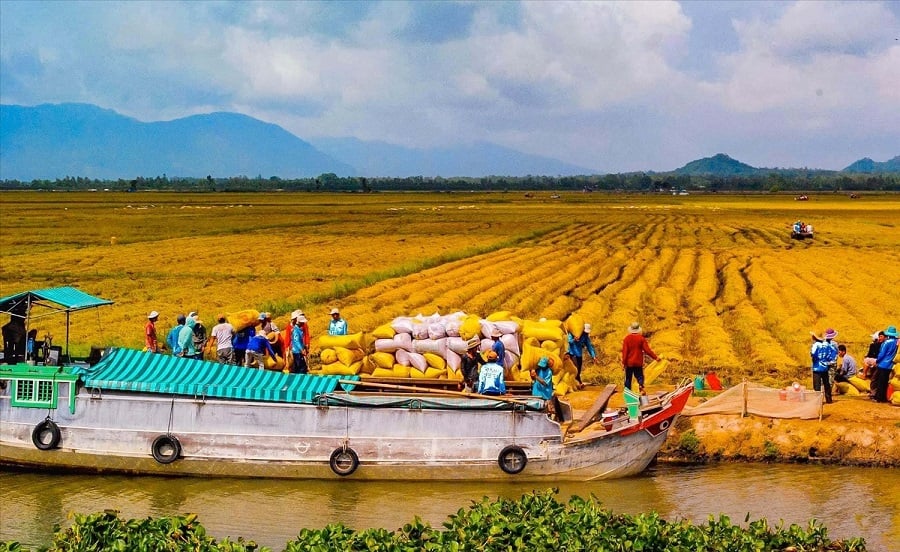
Agriculture is the backbone of the Mekong Delta Region‘s economy, with over 70% of the population engaged in farming activities. The region’s fertile land and favorable climate make it one of the most productive agricultural areas in Vietnam. Rice, fruits, and seafood are the main agricultural products, with rice being the primary crop.
The Mekong Delta Region is also a major contributor to Vietnam’s aquaculture industry, accounting for over 60% of the country’s total seafood production. The region’s extensive network of rivers and canals provides an ideal environment for fish farming, and many households in the region have small-scale fish farms as a source of income.
Apart from agriculture, the Mekong Delta Region is also developing its manufacturing and service sectors, with industries such as food processing, garment manufacturing, and tourism on the rise. The region’s strategic location and access to international waterways make it an attractive destination for foreign investments.
Challenges in the Agricultural Sector
Despite its thriving agricultural sector, the Mekong Delta Region faces several challenges that threaten its sustainability. One of the main issues is the impact of climate change, which has led to more frequent and severe floods and droughts in the region. These extreme weather events not only affect crop yields but also cause damage to infrastructure and displacement of communities.
Another challenge is the overexploitation of natural resources, particularly in the fishing industry. The increasing demand for seafood has led to unsustainable fishing practices, resulting in a decline in fish stocks and threatening the livelihoods of local fishermen.
To address these challenges, the government and local communities are implementing sustainable farming practices and promoting alternative livelihoods, such as ecotourism, to reduce pressure on natural resources.
Culture and Traditions of the Mekong Delta Region
The Mekong Delta Region is a melting pot of cultures, with a diverse population that includes Kinh, Khmer, Hoa, and other ethnic minorities. Each group has its unique traditions, customs, and festivals, making the region a vibrant and culturally rich destination.
The Kinh people, who make up the majority of the population, have a strong agricultural background and are known for their rice cultivation skills. They also have a rich folklore and traditional music, such as “cai luong,” a form of opera that originated in the Mekong Delta Region.
The Khmer people, who primarily reside in the southwestern part of the region, have a strong influence on the local culture, especially in terms of religion and cuisine. Their Buddhist temples, or “pagodas,” are popular tourist attractions, and their traditional dishes, such as “amok” (steamed fish curry), are must-try delicacies in the region.
Festivals and Celebrations
The Mekong Delta Region is home to numerous festivals and celebrations throughout the year, reflecting the diversity of its population. One of the most significant festivals is the Khmer New Year, which takes place in April and is celebrated by the Khmer community with colorful parades, traditional dances, and offerings at pagodas.
Another popular festival is the Ok Om Bok Festival, also known as the Moon Worship Festival, celebrated by the Khmer people in November to thank the moon for a bountiful harvest. The festival features boat races, traditional music performances, and offerings of fruits and rice to the moon.
Tourism in the Mekong Delta Region
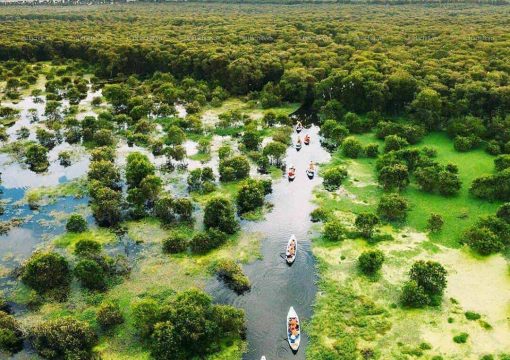
The Mekong Delta Region is a popular tourist destination, attracting visitors with its unique culture, stunning landscapes, and delicious cuisine. The region offers a variety of activities for tourists, from exploring the floating markets and villages on the river to cycling through the lush countryside and sampling local delicacies.
One of the must-visit destinations in the Mekong Delta Region is the city of Can Tho, known for its bustling floating markets, such as Cai Rang and Phong Dien. These markets offer a glimpse into the daily lives of locals and are a great place to buy fresh produce and souvenirs.
Another popular attraction is the Tra Su Cajuput Forest, a vast wetland area teeming with wildlife, including over 70 species of birds. Visitors can take a boat ride through the forest and observe the diverse flora and fauna or enjoy a traditional lunch at a stilt house in the middle of the forest.
Sustainable Tourism in the Mekong Delta Region
As tourism continues to grow in the Mekong Delta Region, there is a growing concern about its impact on the environment and local communities. To promote sustainable tourism, initiatives such as community-based tourism and homestays have been introduced, allowing tourists to experience the local way of life while supporting the local economy.
Additionally, efforts are being made to preserve the region’s natural beauty and biodiversity through ecotourism projects, such as birdwatching tours and mangrove forest conservation programs.
Environmental Concerns in the Mekong Delta Region
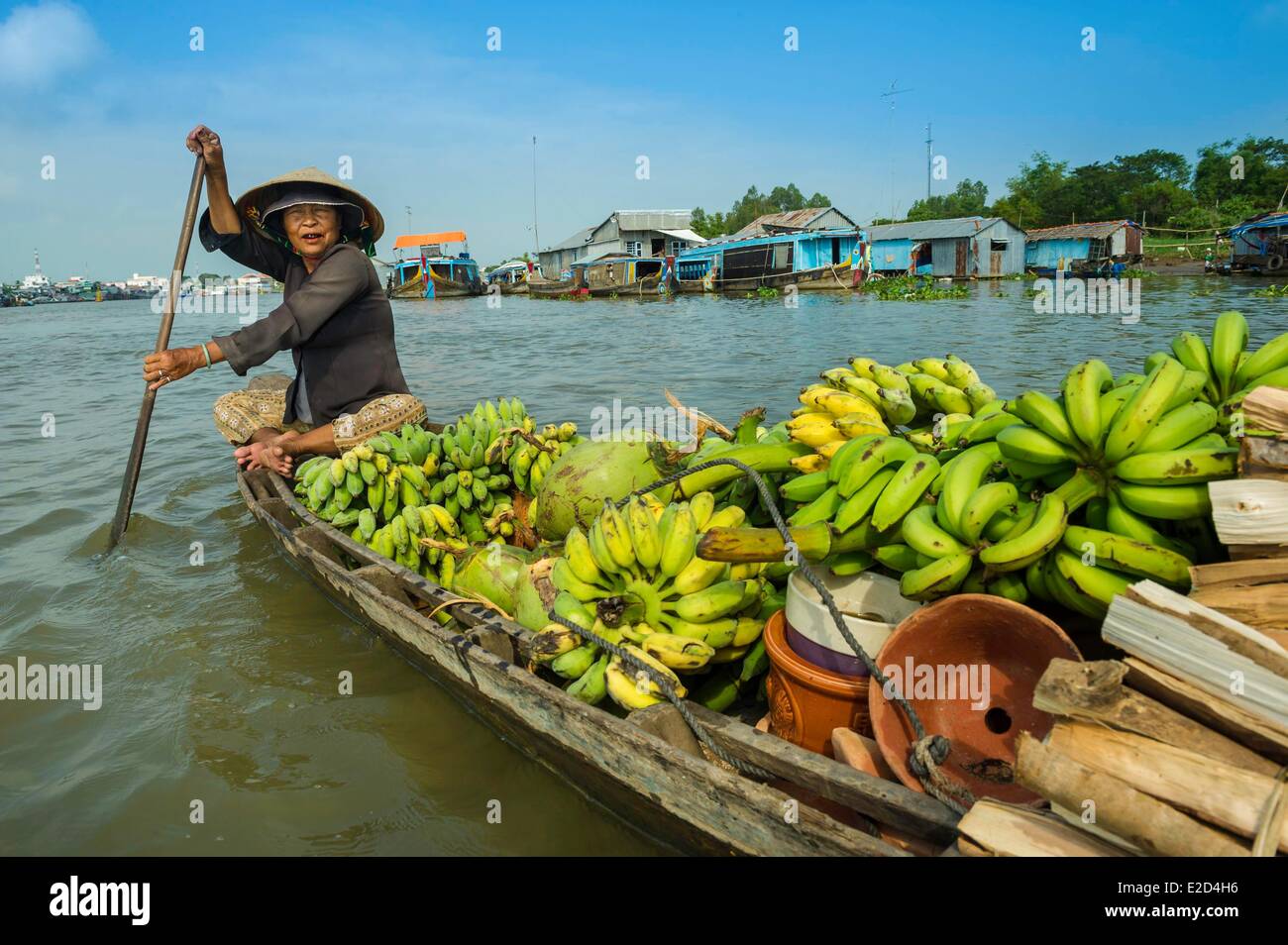
The Mekong Delta Region is facing several environmental challenges, mainly due to human activities and climate change. One of the most pressing issues is the loss of land and erosion caused by the construction of dams and other infrastructure projects along the Mekong River. This has led to a decrease in the sediment flow, affecting the fertility of the soil and the livelihoods of local farmers.
Another concern is the pollution of waterways, primarily from agricultural runoff and industrial waste. This not only affects the health of aquatic life but also poses a threat to human health and the region’s tourism industry.
To address these concerns, the government and local communities are implementing measures such as reforestation, sustainable farming practices, and wastewater treatment systems.
History of the Mekong Delta Region
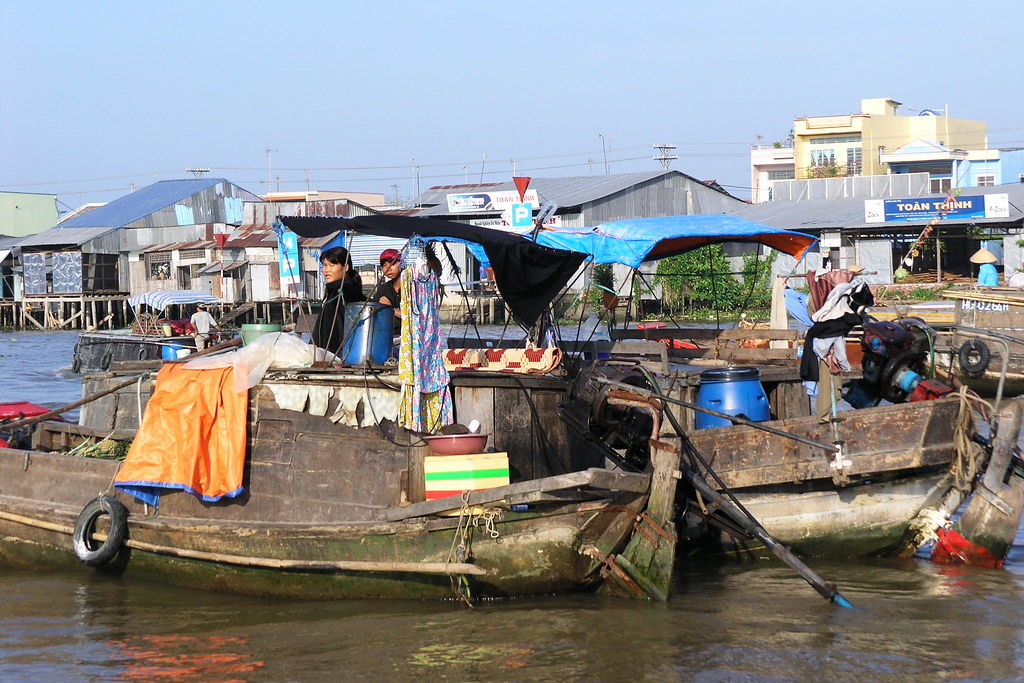
The Mekong Delta Region has a rich history dating back thousands of years. The region was once part of the Khmer Empire and later came under the rule of the Vietnamese Nguyen Dynasty in the 18th century. During the Vietnam War, the Mekong Delta Region played a crucial role as a supply route for the Viet Cong, leading to significant damage and displacement of communities.
Today, remnants of this turbulent past can still be seen in the region, with historical sites such as the Cu Chi Tunnels, used by the Viet Cong during the war, attracting many visitors.
Cultural Heritage Sites
Apart from its historical significance, the Mekong Delta Region is also home to several cultural heritage sites recognized by UNESCO. These include the Can Gio Mangrove Biosphere Reserve, which is home to diverse flora and fauna, and the Tram Chim National Park, a vital habitat for rare bird species.
Transportation in the Mekong Delta Region
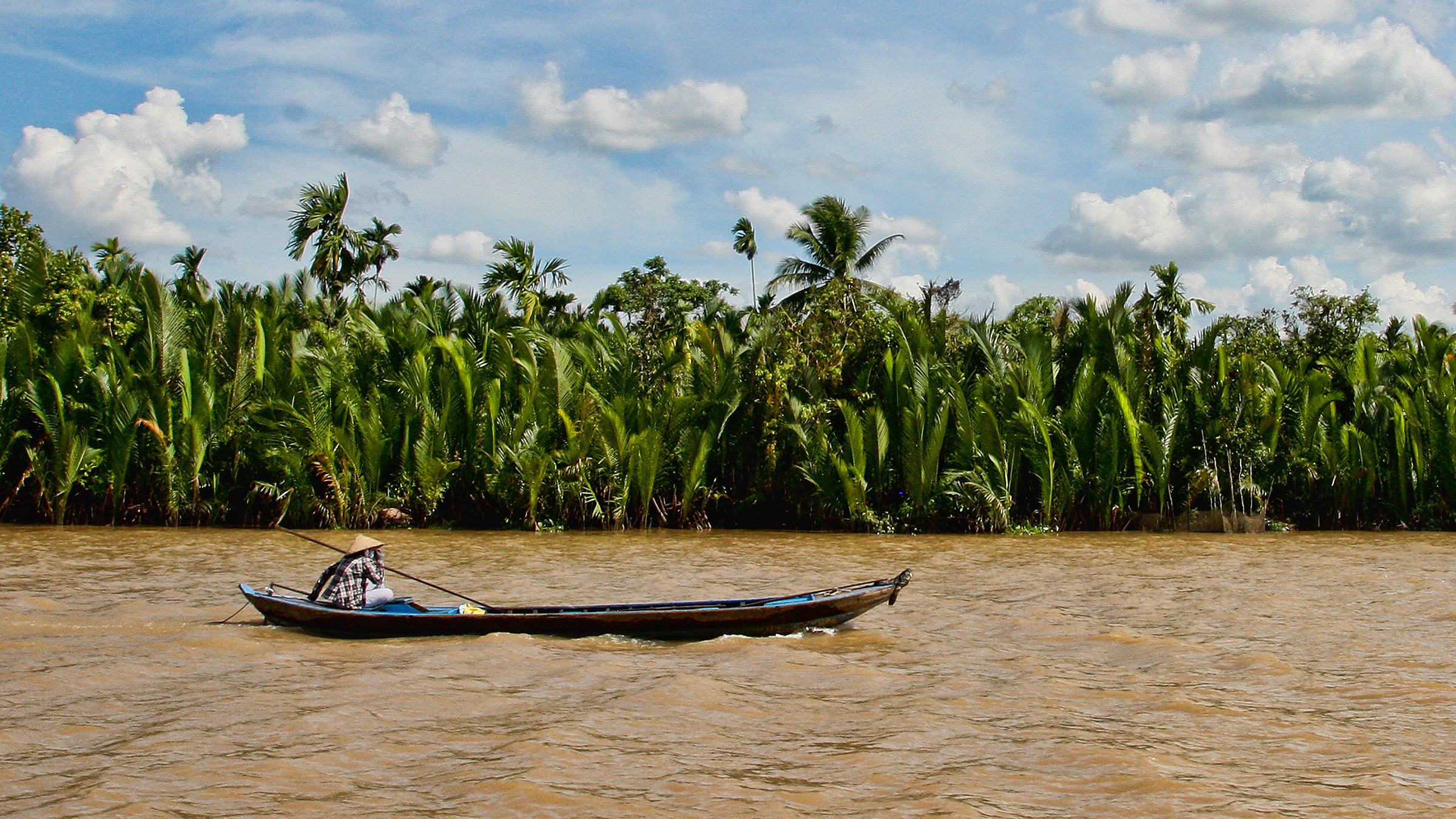
The Mekong Delta Region has an extensive network of waterways, making boats and ferries the primary mode of transportation. However, in recent years, there has been a significant improvement in road infrastructure, connecting major cities and towns in the region. This has made it easier for tourists to travel between destinations and for locals to transport their goods to markets.
The region also has several airports, with the Can Tho International Airport being the largest and busiest, connecting the Mekong Delta Region to other major cities in Vietnam and neighboring countries.
Public Transportation
Within cities and towns, public transportation options include buses, taxis, and motorbike taxis. However, many tourists prefer to rent a motorbike or bicycle to explore the region at their own pace.
Local Cuisine in the Mekong Delta Region

The Mekong Delta Region is known for its delicious and diverse cuisine, influenced by the different ethnic groups that call it home. Rice is a staple in most dishes, and seafood is a popular ingredient due to the region’s proximity to the sea.
Some must-try dishes in the Mekong Delta Region include “banh xeo” (savory pancakes), “ca kho to” (caramelized fish in clay pot), and “bun mam” (fermented fish noodle soup). The region is also famous for its fresh fruits, such as mangoes, durian, and dragon fruit, which can be found in abundance at local markets.
Future Development Plans for the Mekong Delta Region
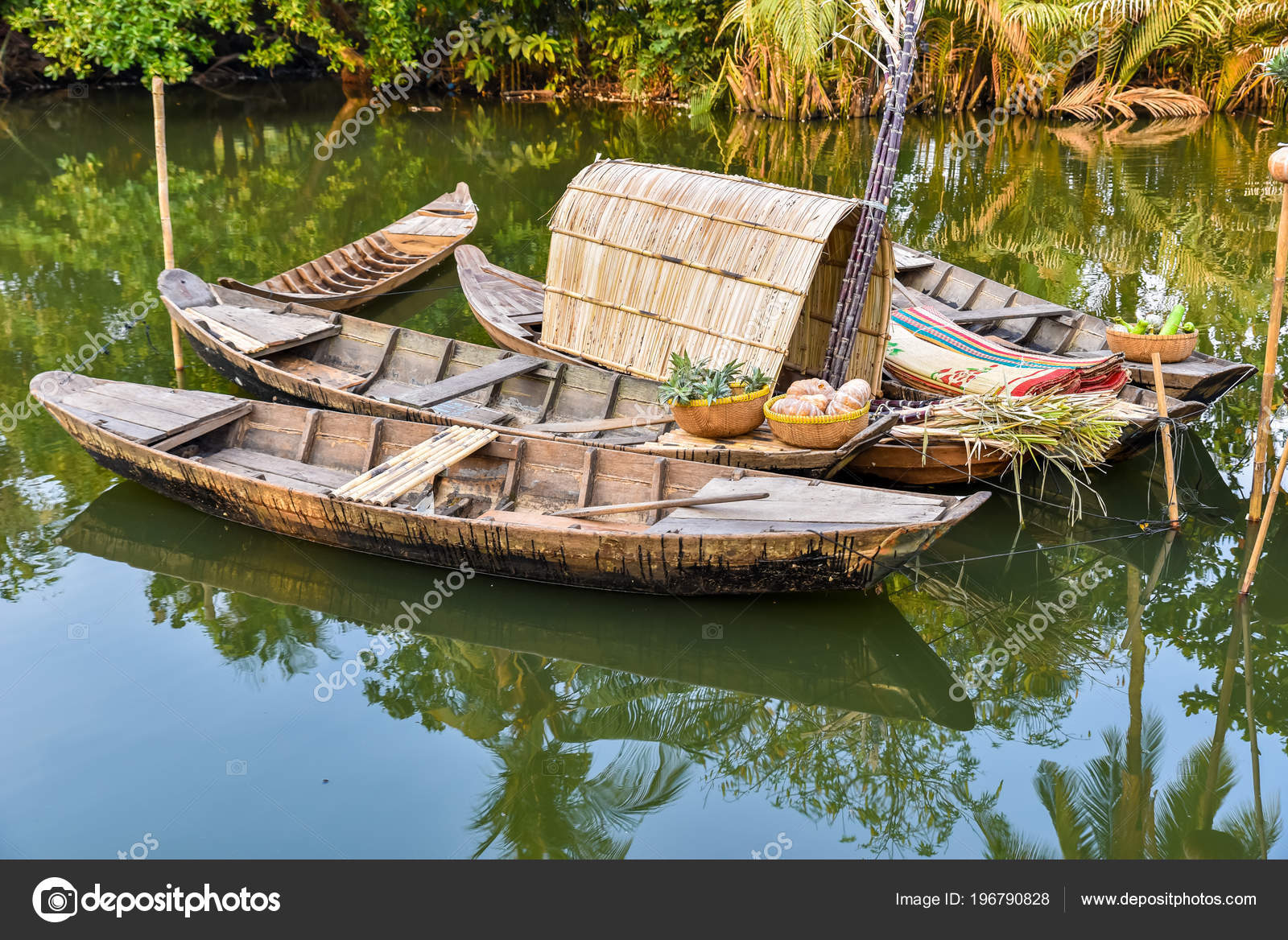
The Mekong Delta Region is undergoing rapid development, with plans to further boost its economy and tourism industry. One of the major projects is the construction of the Cai Mep-Thi Vai deep-water port, which will serve as a gateway to international trade and increase the region’s competitiveness.
Other initiatives include the development of eco-tourism projects, promoting sustainable agriculture, and improving infrastructure to support the growing population and industries in the region.
Conclusion

The Mekong Delta Region is a fascinating destination that offers a unique blend of natural beauty, rich culture, and delicious cuisine. Despite facing challenges, the region continues to thrive and evolve, making it an exciting place to visit and learn about the history, traditions, and way of life of its diverse population. As the region continues to develop, it is crucial to prioritize sustainable practices to ensure the preservation of its natural resources and cultural heritage for future generations to enjoy.

